Notes
Nicole Tung in Benghazi: This Is What The Revolution Looks Like
Tobruk, Libya, Thursday, February 24, 2011: Major Faraj Salma, a female officer of the Libyan Army, defied orders to shoot at opposition protesters. She posed for photographs after being interviewed by journalists at the hotel we were staying at in Tobruk. She had just strolled in with two other women of slightly lower rank. They spoke about their whole ordeal, how demonstrators were on the streets and they had been ordered to fire. Their unit defected. With the full make up, purple nails and the pride — she really stood out.
Benghazi, Saturday, February 26: A fighter pilot turned revolutionary, Mohamed Mufta Dineiri, prepares a statement for Libyan television in which he renounced the regime and confirmed his solidarity with the opposition. He was part of the air defense. I saw him in the de facto media center of the opposition here in Benghazi. We were picking up press passes and I happened to see him sitting in another room going over his statement. He then moved into this room, went over the speech again, and two minutes later, went on live to denounce Qaddafi.
Benghazi, Saturday, February 26: I was walking out of the main square where Friday prayers and protests take place — it’s in front of the courthouse in Benghazi where the revolution effectively started. This guy couldn’t have been older than 22 and he was leaning out of the sunroof of a car in this costume yelling and shaking his fists, imitating Qaddafi. Everyone who walked past laughed out loud. It was pretty extraordinary that this kind of mocking could take place so openly. People could feel the lighter spirit and a weight being lifted.
Baida, Sunday, February 27: Military base.
–Nicole Tung
In these first post-Qaddafi days, Nicole’s portraits from eastern Libya capture the heady sense of liberation and the different sartorial expressions through which these participants have chosen to represent themselves. The military officers are in their dress uniforms, as they would be for a formal or official occasion, which these public appearances are, in fact. Major Salma’s countenance speaks as eloquently as her words must have about the excruciating choice she and her unit were confronted with, whether or not to shoot civilians. Air Force officer Dinieri looks like a previous generation’s ideal Air Force officer — he would not be out of place in a Battle of Britain movie — and indeed, he stands under the pre-1969 flag of Libya which the uprising has reclaimed as legitimate.
And the young man dressed as Qaddafi, this was inspired! He shows the rest of the world that Libyans considered their dictator as buffoonish and ridiculous in style and mannerism as others did, and lays rest the question of “Don’t they know how crazy he is?”
Yes, they did. But he remains in power in Tripoli, and it will take organized force to finally dislodge him.
–Alan Chin
PHOTOGRAPHS by NICOLE TUNG
To see complete BagNews coverage: Middle-East Uprising 2011
Next post: The Front Line
Previous post: Chaos (Controlled?)
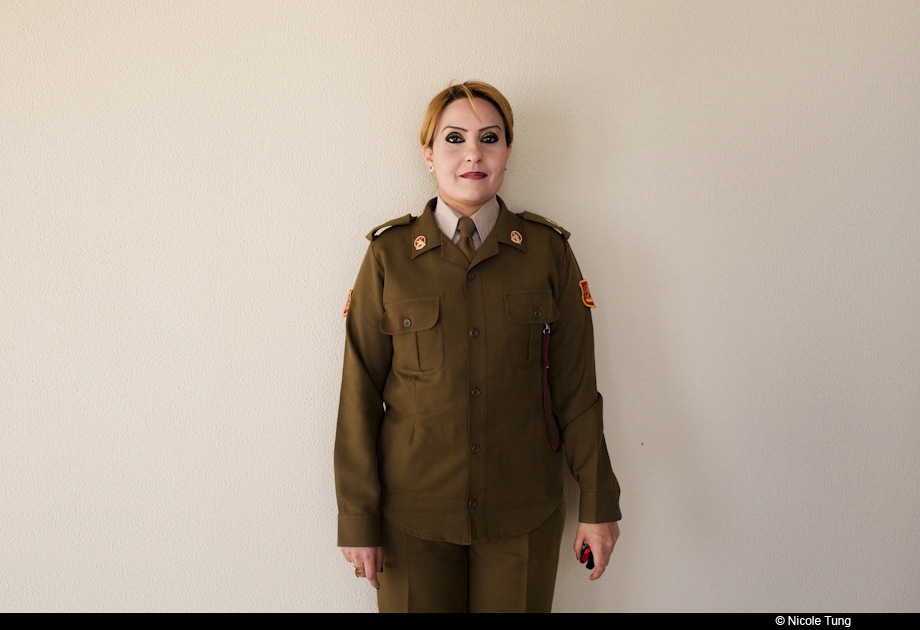
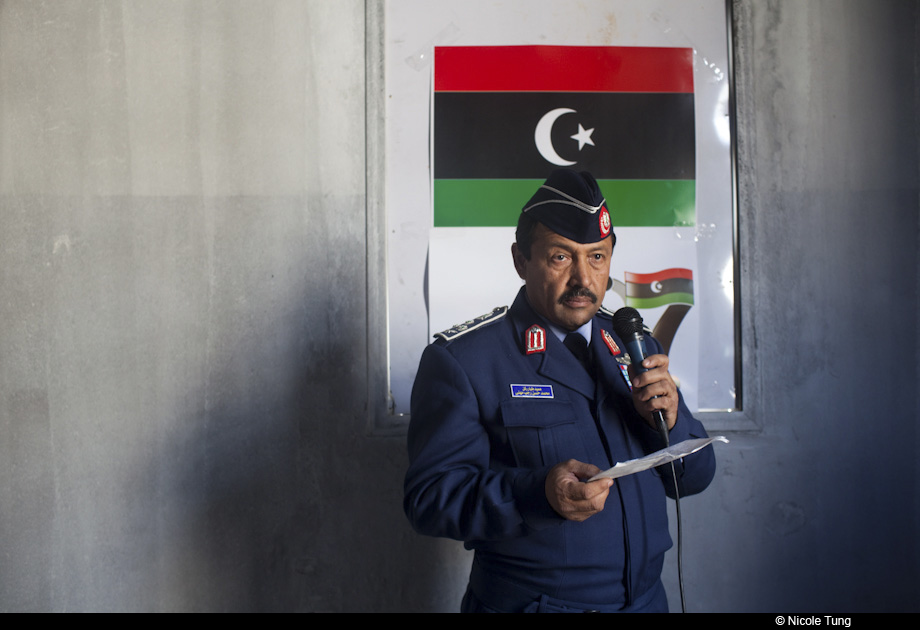
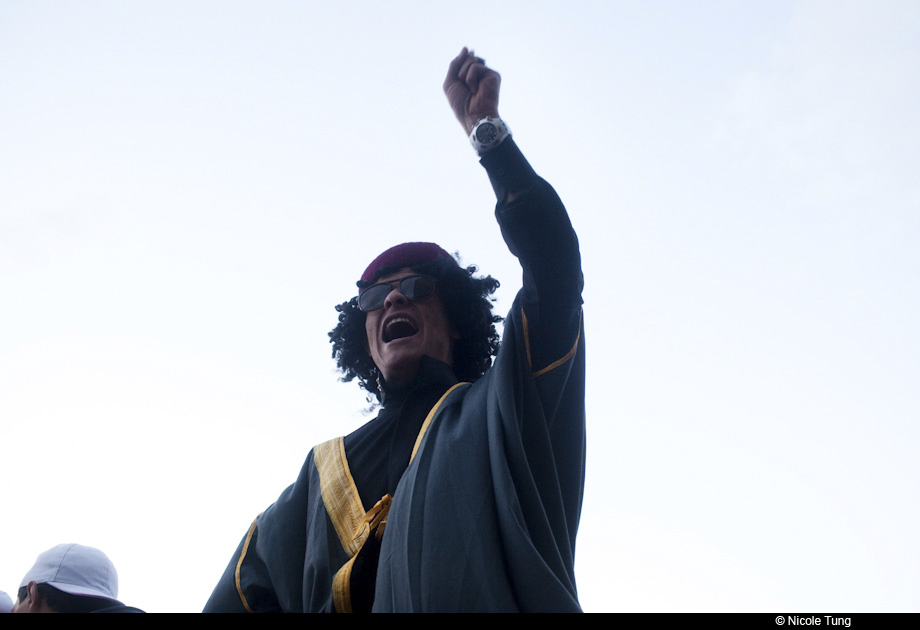
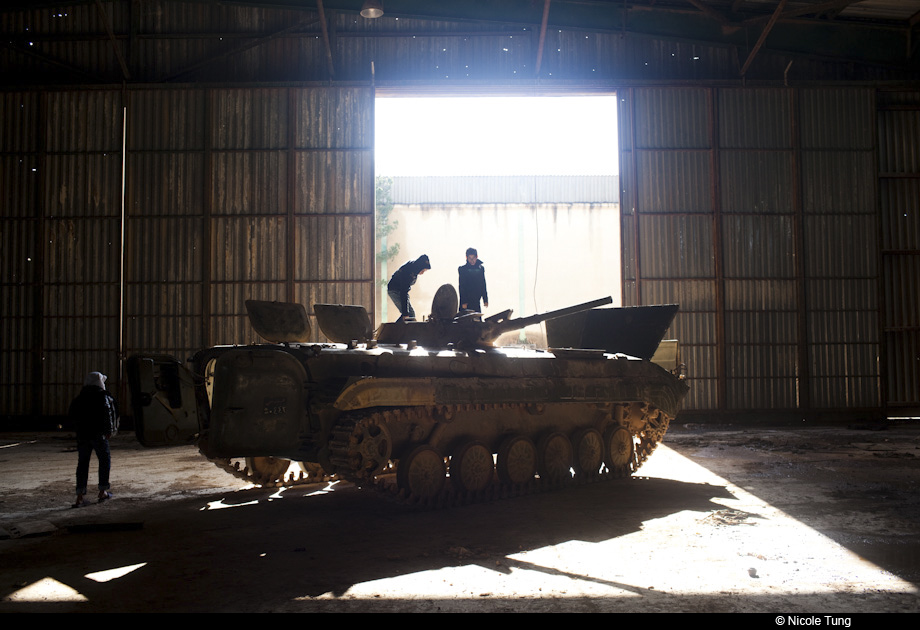
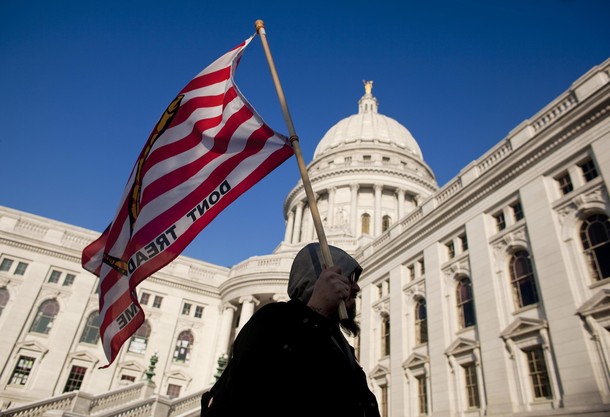

Reactions
Comments Powered by Disqus